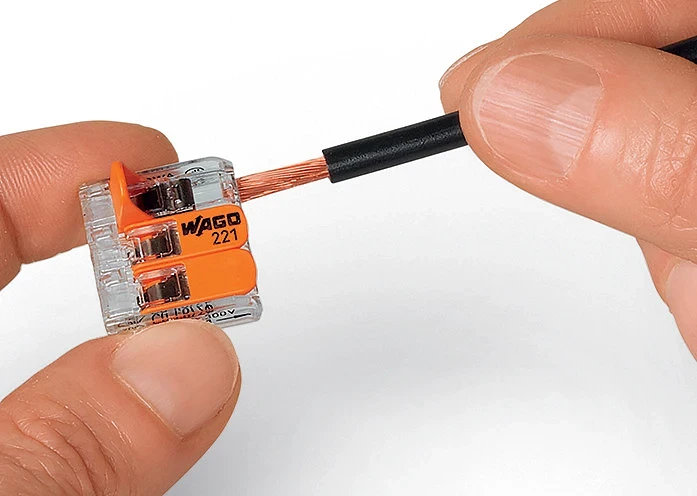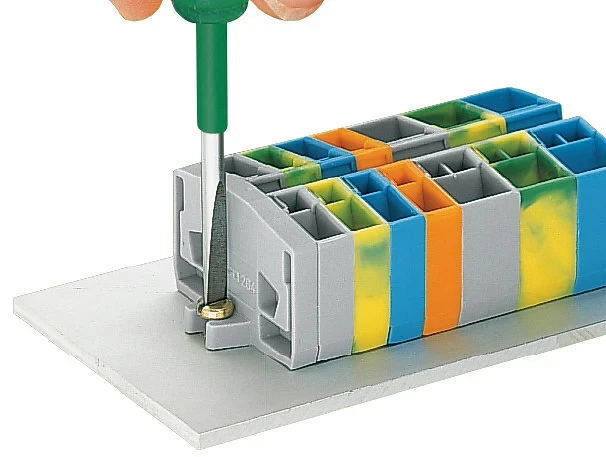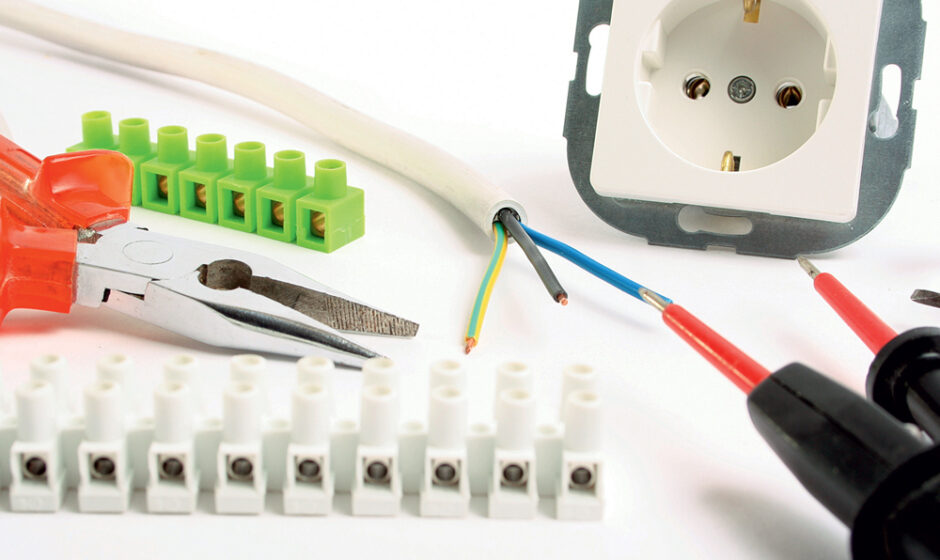Most of us sometimes need to enlist the help of an electrician to optimize our home wiring or troubleshoot problems. As a rule, it is necessary to connect the current-carrying conductors of wires and cables. This seemingly simple procedure has its subtleties that should be remembered.
Connecting current-carrying conductors is a responsible undertaking. After all, if the work is done carelessly or incorrectly, the contact will be unreliable, and the wiring in this place will begin to heat up. During heating, the metal is deformed, which can cause contact to break. At best, this situation will lead to failure of electrical wiring and equipment. At worst, a fire is possible.
How should an electrician act? “Rules for electrical installations” state: “…Connection, branching and terminating of wires and cables must be carried out using crimping, welding, soldering or clamping by current instructions approved in the prescribed manner.” This list does not include “twisting,” the most popular connection method in everyday life. It is believed that this method is not reliable enough. Today it is not recommended to use “pure twisting” – it must be reinforced by soldering, welding, a crimp sleeve, or a PPE connecting cap. Each method has certain advantages.
Soldering, welding
Perhaps the most reliable options. But only a specialist using the appropriate equipment can perform high-quality soldering, and even more so welding. Therefore, it is best to leave these methods to professional installers.
Crimping with a sleeve
In this case, you will also need a special tool – press pliers. Learning to handle them correctly is much easier than, welding. At the same time, crimping provides a high-quality connection. It is only important to carefully twist the wires and select a sleeve of the appropriate diameter so that it fits tightly to the wires and does not dangle on them. Crimping is optimal for connecting multi-core cables.
PPE connecting caps
They are put on twisted wires and screwed onto them with a little effort (there is a thread inside the products). PPE caps are widely used since their installation does not require additional tools. They differ in the diameter of the core bundle for which they are designed. The PPE cap should be selected very carefully, otherwise it will not adhere well.
Terminals
When using them, each core is inserted into a separate groove. This option, in particular, allows the connection of aluminum and copper conductors, which should not be in direct contact with each other. There are many types of blocks, the simplest are screw ones, where the core is held in place by a tightened screw. The disadvantage of screw connections is that they must be tightened regularly (say, once a year) to compensate for the fluidity of the conductor metal. Therefore, spring terminals are considered more advanced, in which the spring connection technology does not allow the contact to weaken. Spring terminals are designed and manufactured by WAGO. Connections of this type do not require maintenance, since the materials and design of the terminal ensure high-quality contact between the terminal and the conductors for many years.
Comparative characteristics of aluminum and copper wires
- Aluminum wire allows a lower current load with the same cross-section of conductors.
- Aluminum wire has less ductility and breaks more easily.
- Aluminum oxidizes in air, and over time, a film of oxides worsens the contact of the wires. To prevent oxidation, air access to the metal should be prevented. For this purpose, special heat-shrinkable tubes are used that are placed on the connected wires, or a special electrically conductive paste is applied to the connection.
- Metals can gradually deform under load (yield), so screw connections become loose over time. In aluminum, this unpleasant property is much more pronounced.






